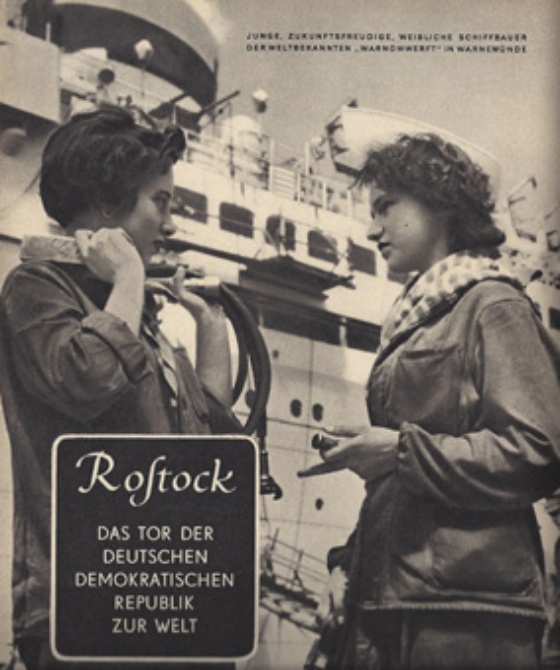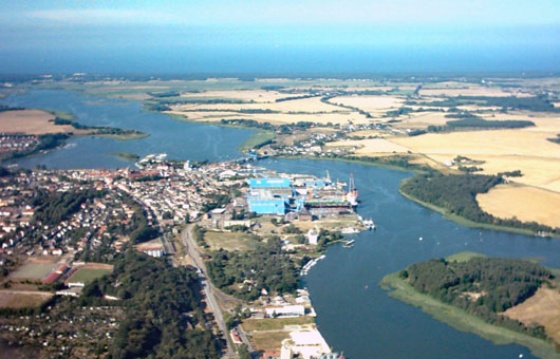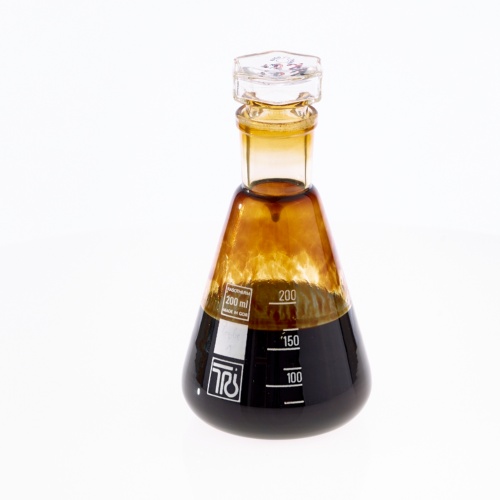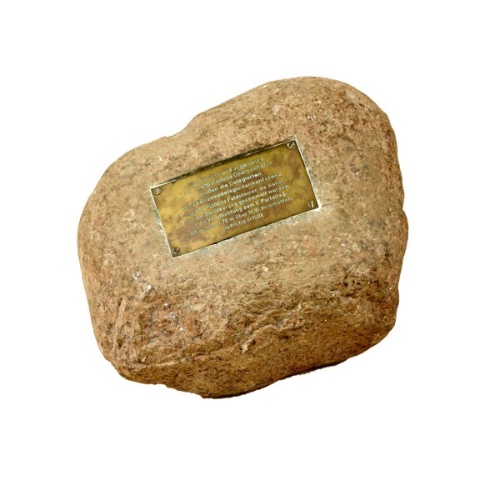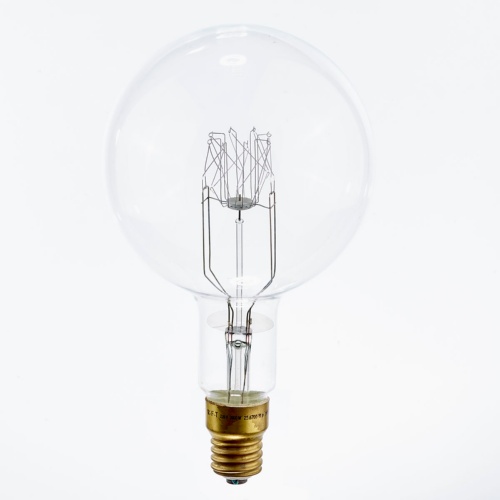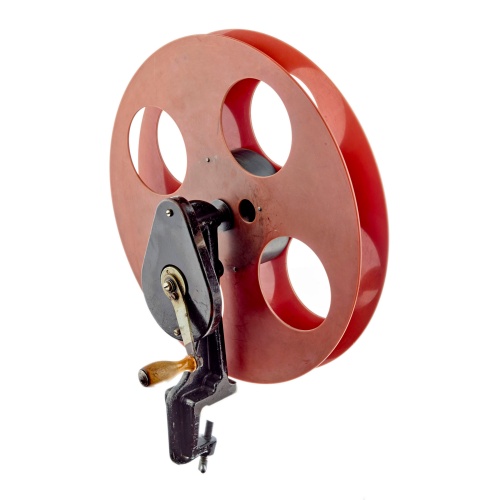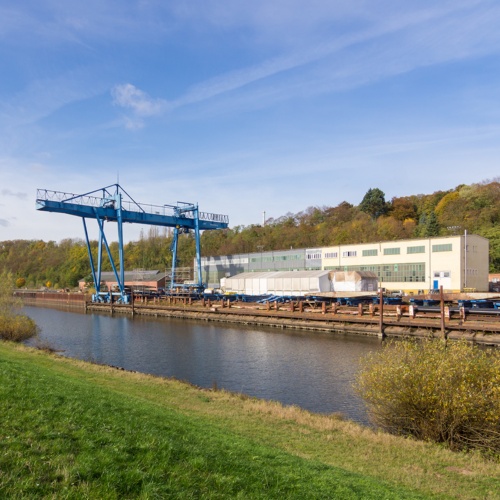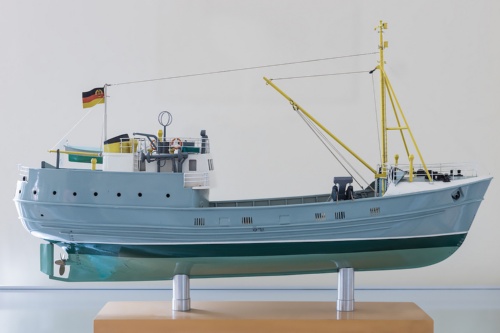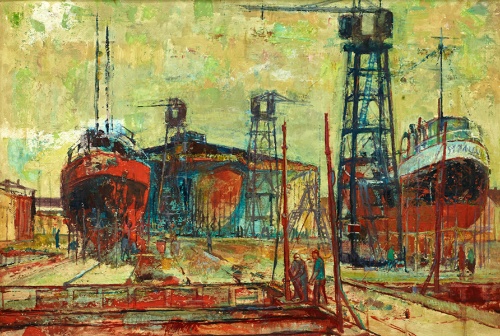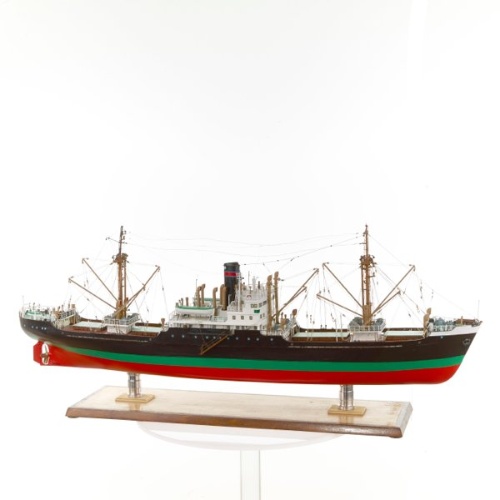In 1953 more than 500 hotel and guesthouse owners were ousted and prosecuted.
As well as the Neptune shipyard money was also invested in the Warnow shipyard, Matthias-Thesen shipyard and the supplier industries. Coasters were built initially. From 1957 the Warnow shipyard supplied 10,000 tonne ships. This led to the creation of the Rostock overseas port. In 1973 the shipyards were centralised in the Rostock shipbuilding state combine and ports, shipping companies and service providers in the “state combine for maritime traffic and port management”. The food and luxury food industries were also centred in district towns. The last remaining private businesses were nationalised in 1973. From 1954 onwards the construction industry was industrialised through large block construction. In 1972 the number of guests in the Baltic region reached the 2 million mark.
Motorways were built from Berlin-Rostock and Berlin-Hamburg. Schwerin had a plastic works, plastic processing works and leatherworks. In the three northern districts the food industry extended the way to the “industrial-agricultural districts.”
From 1990 onwards money was invested in telecommunications and infrastructure. Small and medium-sized businesses in the food and luxury foods industry developed more slowly. Shipyards often changed ownership and were subsidised. New locations were created through biomedical engineering in Rostock, Teterow and Schwerin. Tourism experienced a significant boom. The number of guests exceeded the 5 million mark. From an economic perspective the coastal regions and weak south-easterly region of Western Pomerania drifted apart.
